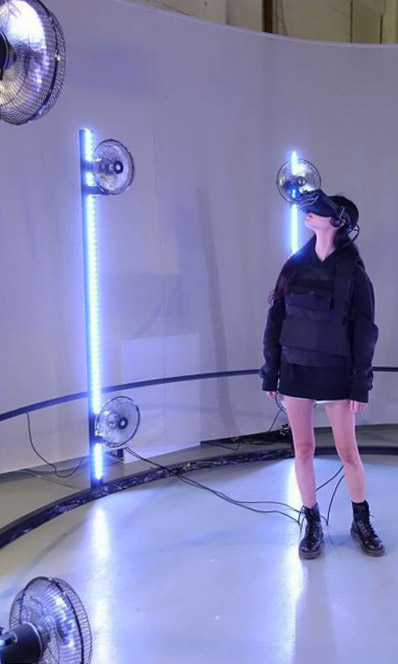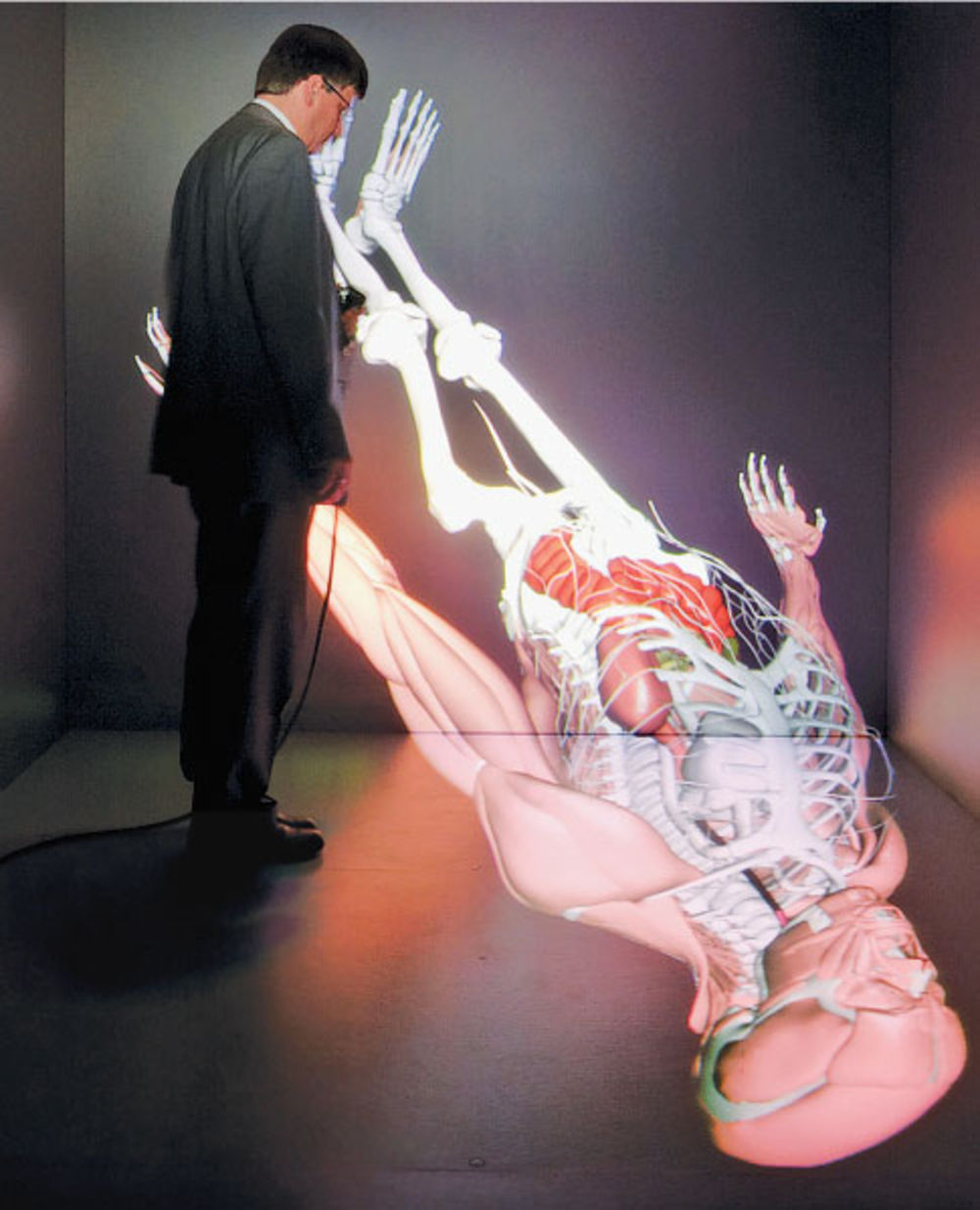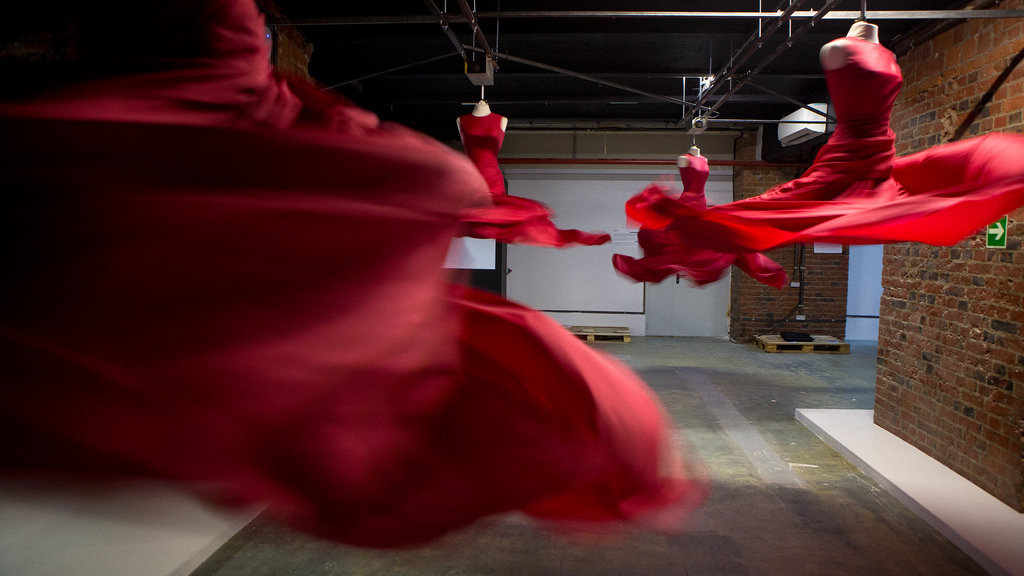New Humans
In New Humans, emergent gatherings of synthetic humans rise from the surface of a black ferrofluid pool. Appearing to morph like a supernatural life form, these dynamic clusters of magnetic liquid produced by machine learning processes are images of communities of synthetic people–hybrid profiles modeled from actual DNA, fitness, and dating profile data sets sourced from public and leaked caches. The work questions how we can radically conceptualize the “user profile” to embody a self whose bounds are indefinable and multiple. Generative algorithm using machine learning (GAN, T-SNE) and fluid simulation (Navier Stokes), countour generation (OpenCV), user profile data caches (DNA, fitness, and dating), software production (Processing), ferrofluid, custom electromagnet matrix, custom PCB control system, computer, steel, wood, aluminum.













